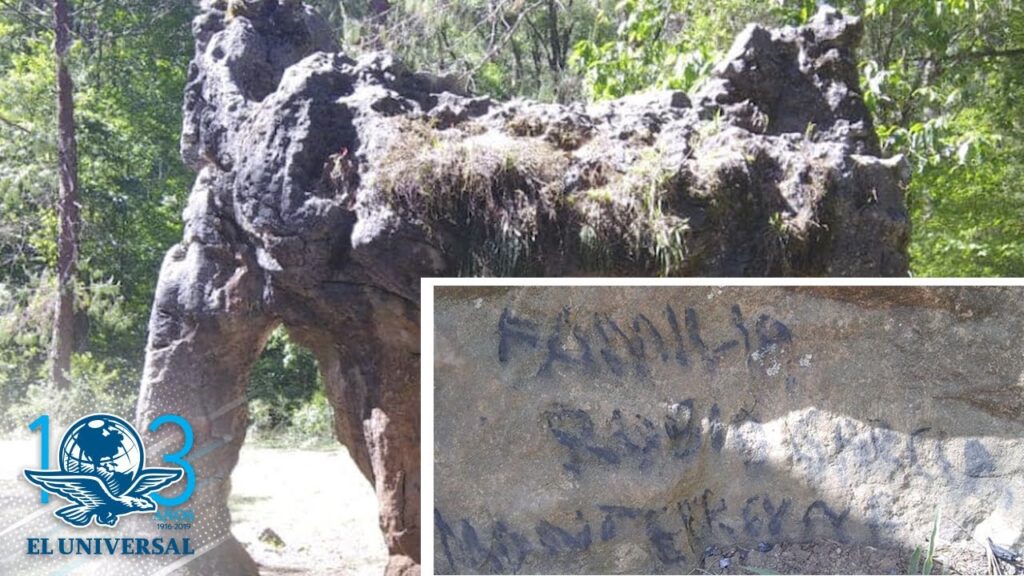Exploring Banco Chinchorro: Mexico’s Coral-Covered Shipwrecks
Nestled in the Caribbean Sea, off the southeastern coast of Quintana Roo, lies Banco Chinchorro, an atoll reef that boasts some of the most stunning underwater scenery in Mexico. This biodiverse paradise is not only home to vibrant coral formations and teeming marine life but also enshrouds a graveyard of history-laden shipwrecks, hidden beneath the waves for adventurous divers to discover.
These submerged vessels, dating back as far as the 16th century, have over time become encrusted with an array of corals, transforming them into living reefs. Each wreck tells a unique story and offers explorers a glimpse into the past. The most famous of these, the “40 Cañones” (40 Cannons), is an 18th-century Spanish galleon that today serves as a sanctuary for a myriad of tropical fish and other marine creatures.
The journey to Banco Chinchorro is an adventure in itself, often involving a small boat ride from the quaint coastal town of Mahahual. Once at the atoll, divers can encounter not only the breathtaking shipwrecks but also nurse sharks, barracudas, and even the occasional curious dolphin. The shallow waters surrounding the wrecks make it an ideal site for both novice and experienced divers.
As a protected Biosphere Reserve, Banco Chinchorro is an example of successful conservation efforts. Diving here isn’t just about the thrill but also the awareness and appreciation of the delicate balance that exists within this underwater haven. It is recommended that those who come to explore the depths do so responsibly, respecting the fragile ecosystem and the stories of the past still resting on the ocean floor.
The Underwater Museum: Discovering Shipwrecks in the Mexican Caribbean
The Mexican Caribbean is not just a destination for its pristine beaches and vibrant coral reefs, but it is also home to a spectacular and haunting underwater spectacle: shipwrecks with tales as deep as the waters they lie in. Just off the coast of Cancun and Isla Mujeres, the Underwater Museum of Art (MUSA) combines human creativity with marine conservation, showcasing over 500 life-sized sculptures beneath the waves. These installations, whilst being works of art, also serve a critical purpose as artificial reefs, attracting an array of marine life and providing an alternative diving spot to the natural reefs.
Adventure-seekers can dive into history and explore the remains of actual shipwrecks, such as the C-58 Mine Sweeper that was a part of the US Navy’s fleet before it found its final resting place in these turquoise waters. Scuba divers are often enveloped by schools of colorful fish as they navigate through sunken hulls offering a silent narrative of maritime lore. The relics found on the ocean floor form an eerie yet beautiful fusion of human history and natural marine ecosystems, making them a must-visit attraction for divers around the world.
Conservation efforts are a significant aspect of the underwater museum experience. These shipwrecks are not only a sensational adventure but also play an essential role in the health of the Caribbean’s marine life. Protected from strong currents and large predators, the shipwrecks create a safe haven for fish, coral, and other sea creatures, contributing to the biodiversity of the region. Diving tours to these sites are conducted under strict guidelines to ensure the preservation of both the art and the aquatic life, offering a responsible way for travelers to enjoy the underwater treasures of the Mexican Caribbean.
Unveiling the Secrets of Banco Chinchorro’s Coral Shrouded Shipwrecks
Located off the southeastern coast of Quintana Roo, Mexico, Banco Chinchorro is an atoll reef that harbors a graveyard of history beneath its waves. Here, eerie silhouettes of sunken vessels lay enshrined in vibrant corals, inviting intrepid divers to explore and discover their enigmatic pasts. This submerged trove consists not only of Spanish galleons but also maritime casualties spanning centuries, each with a unique story etched into its decaying hull.
The shallow waters of Banco Chinchorro make it an ideal site for wreck diving, granting even those with basic diving qualifications the opportunity to immerse themselves in a chapter of underwater history. Among the ghostly fleet, the SS Caldera—a steamship that succumbed to the reef’s embrace in the early 20th century—stands as a poignant reminder of nature’s indomitable might. Covered in a mosaic of soft sponges and hard corals, it serves as a thriving habitat for a plethora of marine life.
It’s not just the wrecks themselves that captivate visitors; the sea life thriving among the ships adds a dynamic element to the scenery. Schools of colorful fish weave through the silent cannons and gaping portholes, while moray eels and lobsters claim shadowy nooks as their homes. This confluence of history and natural beauty makes Banco Chinchorro a fascinating destination for underwater photography, where each dive uncovers new angles and hidden details of these maritime relics.
However, the true allure of Banco Chinchorro’s shipwrecks lies beneath their coral coverings. Archaeological efforts have slowly peeled back the layers to reveal secrets of cargo holds and the lifestyles of those who sailed across the Caribbean. As conservationists and researchers work to preserve these sites, divers are encouraged to visit responsibly, ensuring the continuity of this underwater museum for future generations to marvel at and learn from.
Adventure Beneath the Waves: Shipwrecks of Banco Chinchorro in the Mexican Caribbean
The Banco Chinchorro, a stunning atoll located off the southeastern coast of Quintana Roo, Mexico, is an underwater marvel which holds a trove of sunken secrets imbued with history. As an advanced diving site, it is well-known for its breathtaking array of shipwrecks that lure adventure-seekers from around the globe. The shallow waters of this vast coral reef system, part of the Mesoamerican Barrier Reef, have been the unfortunate end for many a vessel, creating a playground for divers and underwater explorers.
Amongst the shipwrecks, the SS Caldera, a steamship that met its fate in the early 20th century, stands as a silent witness to the perils of the sea. It is now home to a myriad of marine life, including barracudas, lionfish, and the occasional nurse shark. These wrecks have transformed over time into artificial reefs, supporting a vibrant ecosystem and serving as a living museum that divers can experience up close.
The journey to these underwater relics begins at the local fishing village of Xcalak, where dive operators offer specialized tours for those seeking to delve into the depths. The adventure includes an educational aspect, as the shipwrecks tell stories of maritime history, trade routes, and battles with the unforgiving sea. Each dive becomes a lesson in history, wrapped in the thrill of exploring the unknown.
Aside from the alluring shipwrecks, Banco Chinchorro’s waters boast unspoiled coral formations and a dizzying array of tropical fish. The visual feast is complemented by the pristine quality of the water, providing excellent visibility, often in excess of 30 meters (100 feet). Divers can also spot larger species such as eagle rays and turtles, adding to the sense of awe that Banco Chinchorro inspires in its visitors, beneath the waves where history and nature intertwine.



